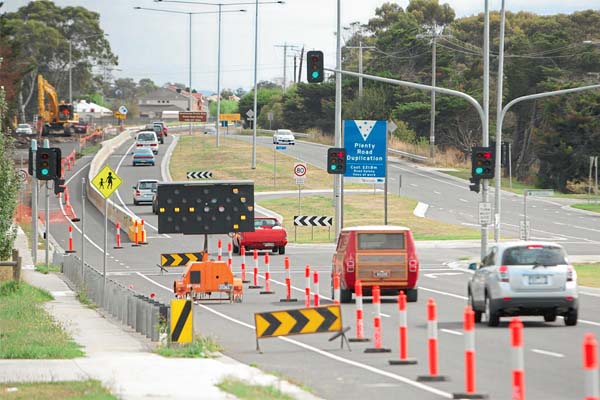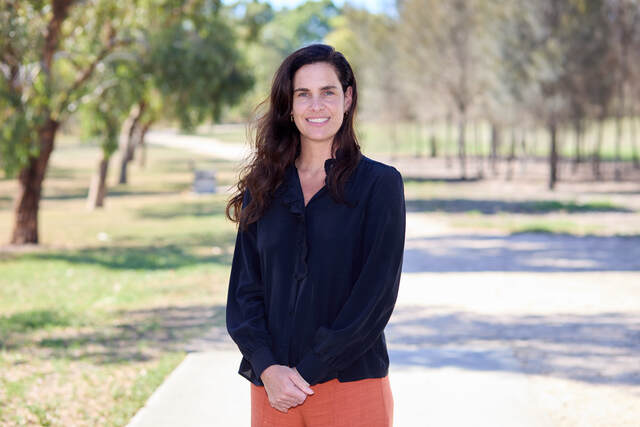Plenty Road remains Australia’s most dangerous crash hotspot, according to new data from insurer AMMI.
For the third year in a row, the road has topped AAMI’s Crash Index. Eight of the top 10 locations are in Victoria.
The index analysed 350,000 accident insurance claims across the country between July 2019 and the end of June this year.
AAMI spokesman Paul Sofronoff said it wasn’t surprising Plenty Road was once again called out as the nation’s worst road for crashes.
The most dangerous time for crashes on Plenty Road is on Thursday between 1.30pm and 4.30pm, with nose to tail collisions the most popular, according to AAMI’s data.
“Plenty Road in Bundoora has several lanes of traffic in both directions and feeds into many other major roads in Melbourne,” Mr Sofronoff said.
“The busy stretch of road is home to multiple traffic lights, entry and exit points, two main universities and a tram line in the middle, making it an incredibly difficult road to navigate – especially when you throw in peak hour traffic congestion.”
Cooper Street in Epping also made the list, coming in at number five. It’s the first time the road has been included in the crash index.
The index also looked at the data from Melbourne’s second lockdown between August 3 and October 18.
In that period, Cooper Street and Craigieburn Road in Craigieburn were ranked number one for crashes during the lockdow.
Plenty Road came in at number four in that period, while High Street in Epping came in at number eight.
Mr Sofronoff said the five-kilometre travel restrictions placed on Melbournians saw four different spots enter the top 10.
“Being out of our normal routines, working from home and driving less meant those major arterial roads that are usually clogged up with people driving to and from work, university and school were not being used as much – and instead during lockdown we found local suburban roads becoming the epicentre for collisions,” he said.
“The fact that we still had collisions during lockdown – when people were only permitted to travel within five kilometres of their home – goes to show that it is easy to be lulled into a false sense of security, that we are somehow safer on the road when we’re familiar with our surroundings and when there aren’t as many cars.”







